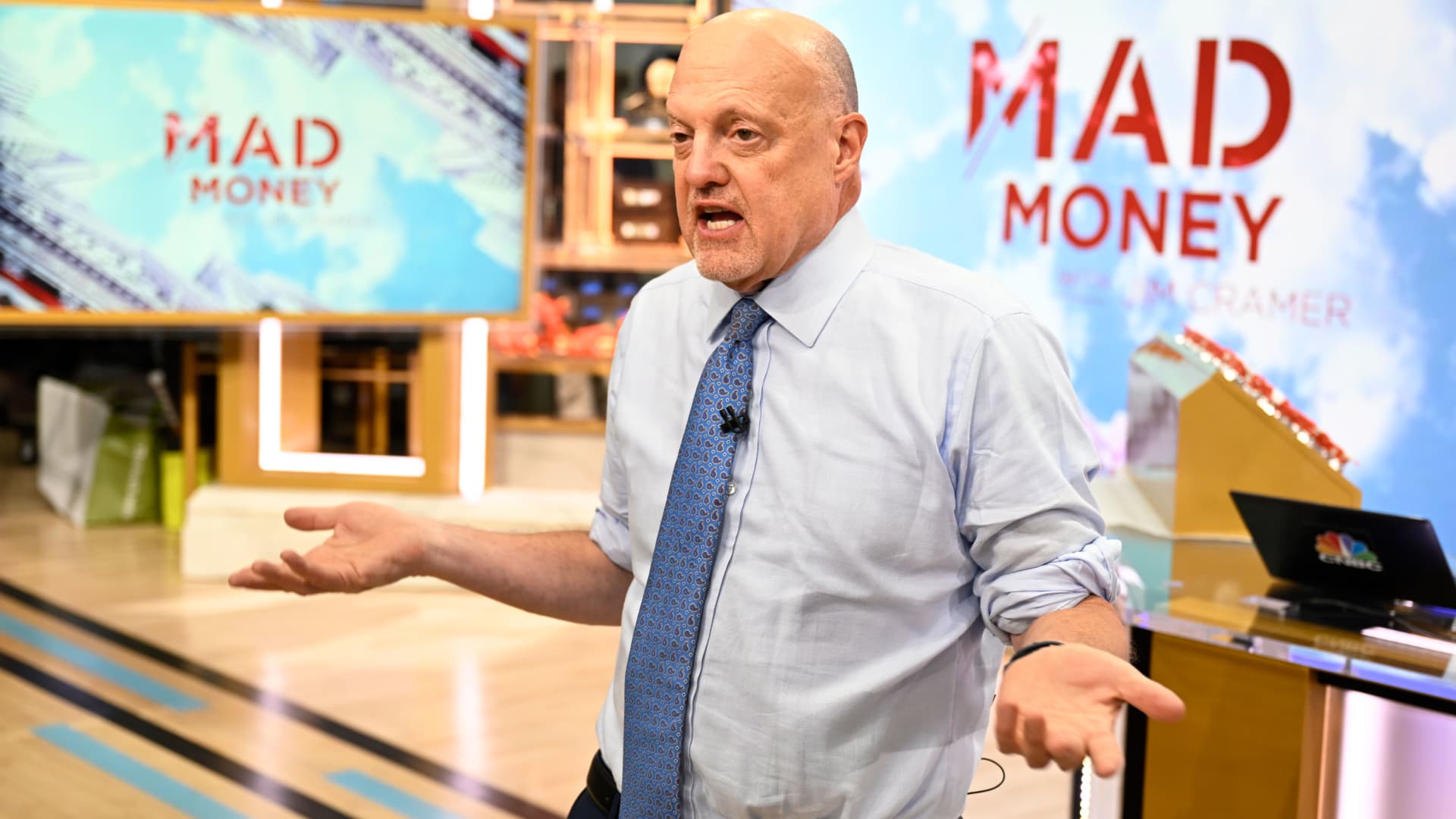In-show ads: The next innovation that’s driving CTV growth
As CTV ad loads continue to shrink, integrated ads will sweeten the viewer experience and propel advertisers into the next chapter of brand-supported television

For those of you who dipped into the IAB NewFronts this season, you know that nontraditional ad formats took center stage. NBCU Peacock unveiled both its new Frame Ad, where sponsored ads appear in a frame surrounding show content, as well as its In-Scene Ad, which integrates a brand’s imagery into a shot with post-production visual effects. Amazon similarly trotted out its Virtual Product Placement, or VPP.
It’s never been more clear: Traditional in-break ads alone no longer cut it. Integrated ad experiences, like the ones announced on countless stages the first week of May, are propelling us into the next phase of television advertising.
We know that consumers want a better television viewing experience, but doing that doesn’t have to cost publishers. The midmarket—free ad-supported television (FAST) and ad-supported video on-demand (AVOD) channels and platforms, such as Tastemade, Vevo, WhistleTV, and Kidoodle—were among the first to see the full potential of integrated ad experiences. With consumers demanding shorter commercial breaks, it comes as no surprise that these services have turned to new ways to reach consumers while meeting their own business objectives.
Now, with the likes of Peacock and Amazon putting significant skin in the game, don’t be surprised to see pent-up supply service the pent-up demand from the brand marketer side. We’re also likely to witness a revision of the traditional production studio and distributor relationship, making it possible for all parties to take advantage of the advertising-driven consumer upside in a hit show.
In-show formats increase brand awareness
Early returns reveal that combining standard CTV 30-second spots with in-show ad formats have a multiplier effect on a brand’s KPIs. TripleLift research shows that a 30-second in-break ad combined with a 10-second in-show ad has increased brand awareness by 67%. That’s higher than running two 30-second CTV spots, which increased brand awareness by 51%.
And for any CTV publisher who might be underinvesting in CTV, whether SVOD or AVOD and regardless of size, now is the time to focus on a two-pronged growth strategy—that is, traditional spots in-break and emerging in-show formats.
Today, traditional product placement captures over $23 billion dollars in advertising spend, with almost no technology or automation. Emerging as in-show advertising technology, what the mid-market has already embraced, and what the likes of Peacock and Amazon announced at the NewFronts, have the potential to radically expand the marketplace for product placement, lifting the fortunes of studios, networks, brands and consumers alike.
This scenario heralds the arrival of true programmatic product placement, where seamless integration can happen across hundreds of streaming TV channels in near-real time. If more tech platforms repurpose their programmatic pipes to create in-show brand integration at scale, $23 billion could soon turn into $43 billion, benefitting both the studios creating the content and the publishers airing it.
Companies like Zype and Amagi, global leaders in cloud-based SaaS technology for CTV, are helping to scale these placements by shifting ad decisioning and insertion upstream of typical digital ad infrastructure. Seamless brand integrations result in more immersive storytelling experiences, which can increase network monetization exponentially. Brands win with nearly limitless opportunities, facilitated by the agility of real-time in-show insertions. And studios and creators benefit from low-lift, incremental revenue opportunities.
We have seen how integrated ad experiences, like dynamic in-show product and brand integrations, can spark incremental value for a CTV publisher’s traditional in-break business. What’s more is that by employing in-show technology to power these integrated ad experiences, publishers can glean higher quality contextual data to inform and enhance targeting in the commercial break. This interplay creates a never-before-seen contextual targeting capability, providing marketers with a new way to intimately reach consumers at moments of their highest engagement.
New formats can boost engagement
The growing industry investment in first-party data offers brands and platforms the chance to solidify engagement created by these new formats. As CTV ad loads continue to shrink, integrated ads are the ingredient that will sweeten the viewer experience and propel us into the next chapter of brand-supported television.
In order to propel the industry into the next phase of television advertising, one that drives value across the entire television value chain, there are crucial steps that must be taken: securing the rights to content for downstream uses, investing in the right creative assets to deliver the highest quality experience for consumers and building purchase paths that allow us to assess the reach, frequency, relative value and effectiveness of new formats within the overall media mix.
Innovation in television always requires concerted, coordinated action of industry participants across the value chain. In-show formats are a solution that appears to be here to stay.

 ValVades
ValVades 

























.jpg&h=630&w=1200&q=100&v=6e07dc5773&c=1)






